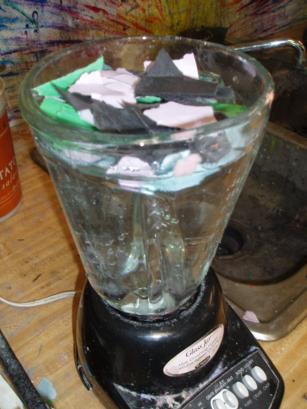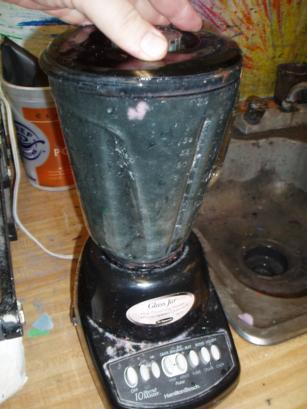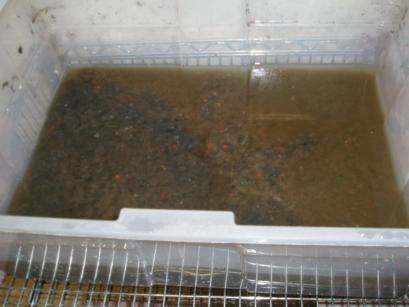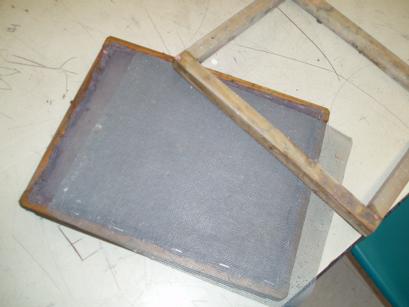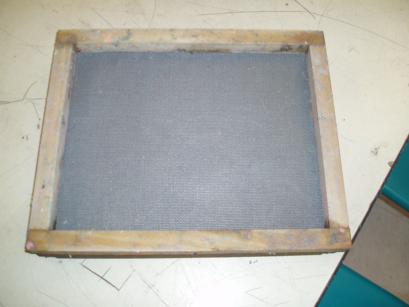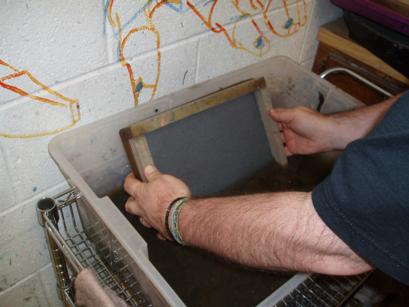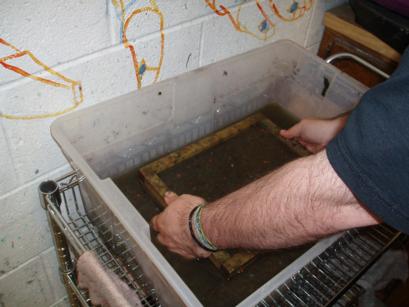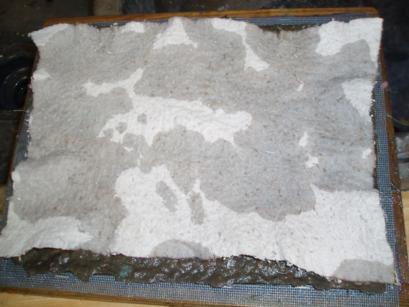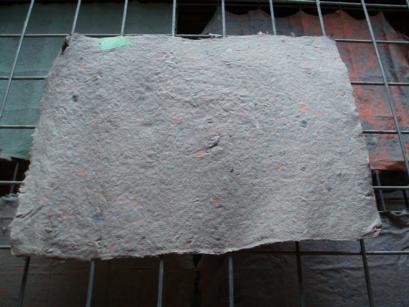 Paper
making
Paper
making
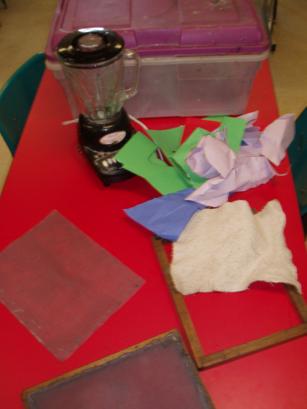 Early
medieval European monks and scribes would have used sheep,
goat and calf skin instead of paper. Paper making was most
likely first developed in Asia and spread to Europe slowly
due to the church linking it to heathenistic practices.
Also, since the process was often involved and consumed a
lot of time, it would have initially been more expensive
than parchment and vellum anyway. Eventually it was the
black death that finally freed up resources, in the form of
abandoned wardrobes, that made paper cheaper than the animal
skin alternatives. When the price was finally right,
medieval paper became the norm.
Early
medieval European monks and scribes would have used sheep,
goat and calf skin instead of paper. Paper making was most
likely first developed in Asia and spread to Europe slowly
due to the church linking it to heathenistic practices.
Also, since the process was often involved and consumed a
lot of time, it would have initially been more expensive
than parchment and vellum anyway. Eventually it was the
black death that finally freed up resources, in the form of
abandoned wardrobes, that made paper cheaper than the animal
skin alternatives. When the price was finally right,
medieval paper became the norm.
Medieval paper had a much higher rag (cloth) content than out modern wood pulp papers. This paper making process will support almost any material that you can make into a pulpy mass and suspend in liquid. So, while I generally recycle paper scraps, you can make some form of paper from old clothing, dryer lint, finely pulped wood shavings and even flower petals. The main difference is your use of a binding agent.
If you make paper totally from scratch, you will want some sort of glue (binder) to help hold it together. When recycling paper scraps, the binder is already present in the process, and you probably won't need to add more.
What you need:
- Paper scraps or some other fibrous substance (newspaper, old letters, old cloth, etc.)
- a blender
- optional food dye
- a large vat to hold water
- optional Binder (water based glue, laundry starch, unflavored gelatin)
- a mold and deckle
- a soft towel or sponge
- a drying rack
- optional iron or heated press
